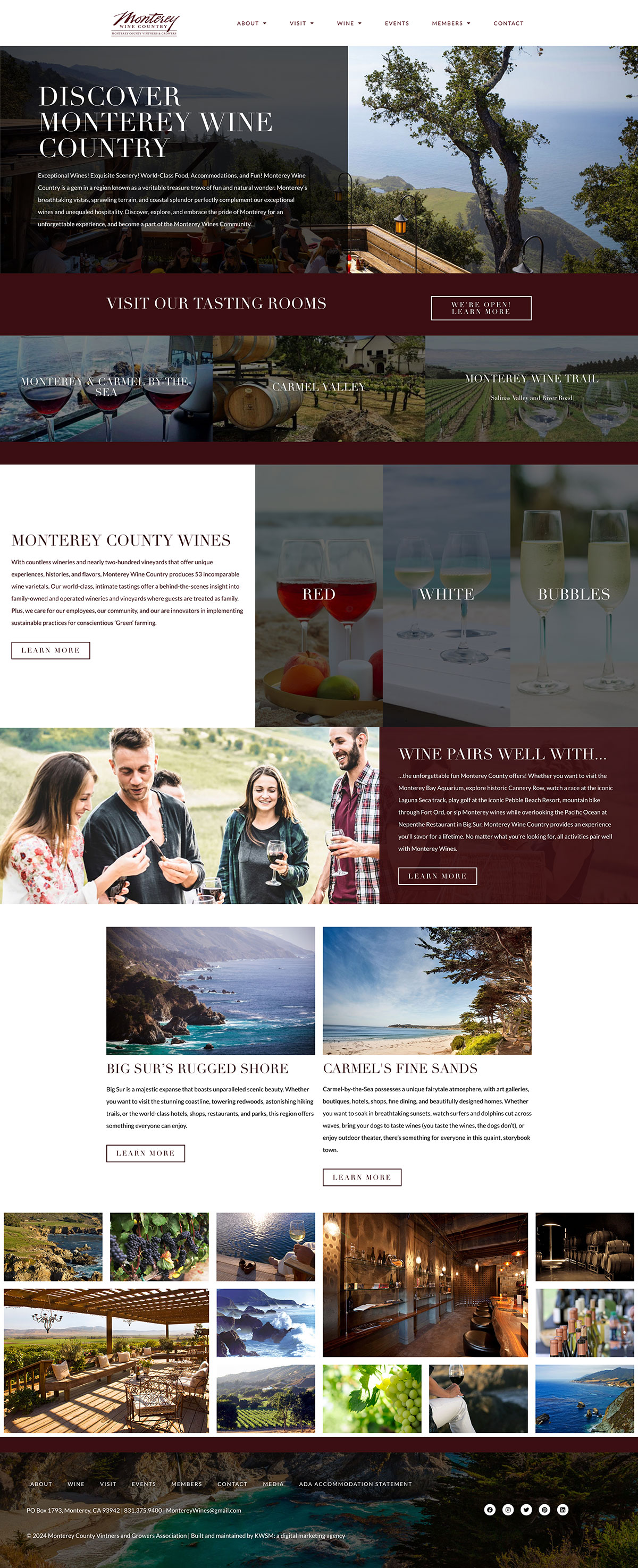
To understand the advantages of straightforward writing, look no further than The Elements of Style, the “writer’s bible” by William Strunk Jr. and E.B. White that was originally published nearly 100 years ago. Strunk and White say:
Omit needless words. Vigorous writing is concise. A sentence should contain no unnecessary words, a paragraph no unnecessary sentences, for the same reason that a drawing should have no unnecessary lines and a machine no unnecessary parts. This requires not that the writer make all sentences short, or avoid all detail and treat subjects only in outline, but that every word tell.
Note that in addition to making an argument for concise and straightforward writing, Strunk and White’s powerful words are themselves written in a concise and straightforward manner. Behind Strunk and White’s admonition is a powerful notion: that language should be used for the communication of ideas from the writer to the reader and that anything that facilitates that communication is desirable. By implication, anything that stands in the way of good communication is undesirable.
Public relations is fundamentally about optimizing communication. The Public Relations Society of America defines public relations as “a strategic communication process that builds mutually beneficial relationships between organizations and their publics.”
There are clearly going to be exceptions to the rule when straightforward is best. We would not have the poetry of Shakespeare or Whitman or the prose of Joyce or Faulkner if we were to limit them to straightforward language and short sentences. But most of us are not writing literature we are posting content to a website, blog or social media channel. We want to inform the media, and the wider public, about a courtroom win or a new practice group or an upcoming event. The best approach is the direct approach.
A PR professional may intentionally seek to be creative in her approach to a subject or in her words, often times when it’s imperative that a brand differentiates itself from the crowd. But even then, it’s best to return quickly to the straightforward.
“Plain vanilla” does not have to be negative, or simplistic; sometimes it is the perfect flavor.
This is a guest post from Cheryl Bame, Principal at Bame Public Relations
A communications professional with enviable contacts and reach, Cheryl is widely recognized for her innovative work with law firms, professional services firms, financial and real estate companies as well as industry trade groups. After a decade in the broadcast news business, Cheryl has spent the last 17 years implementing communications programs that involve media relations, social media, networking and speaking engagements and other professional reputations strategies.











